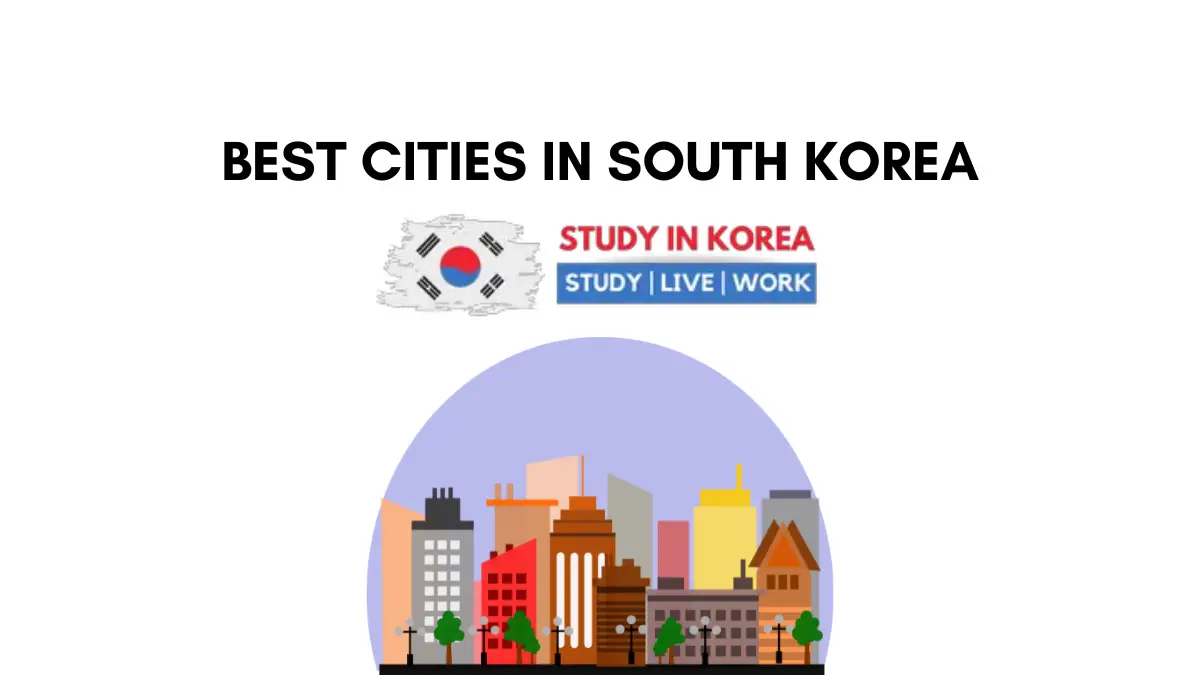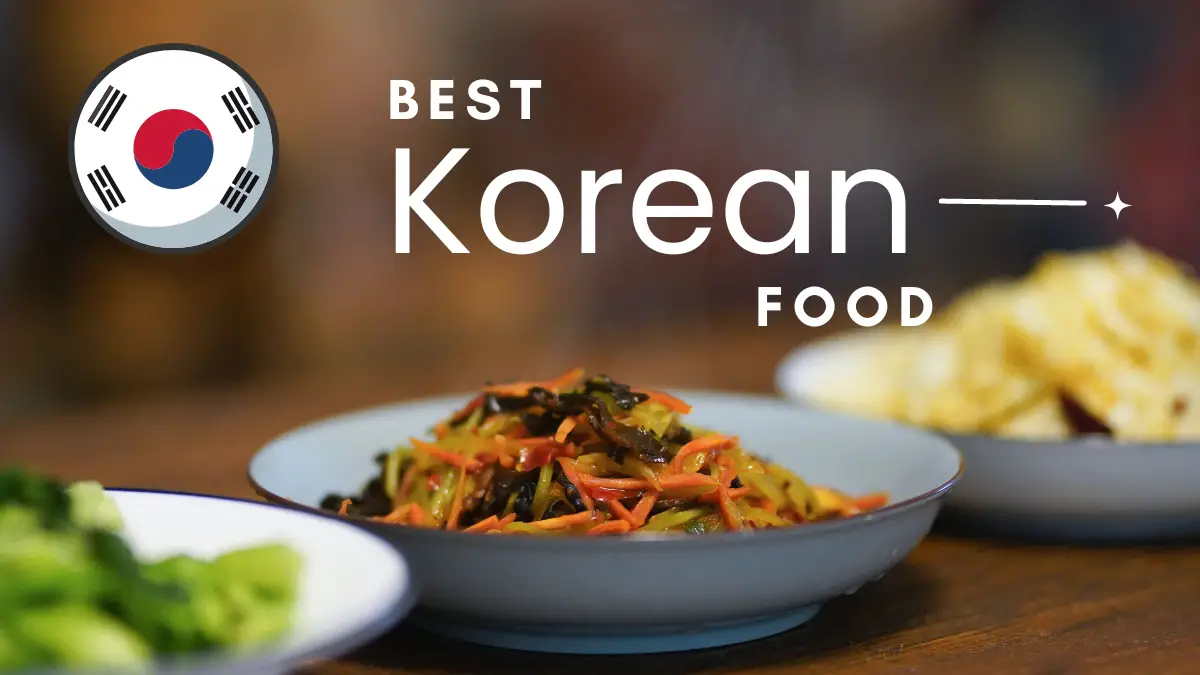
Best Food Street in South Korea
Best Food Street in South Korea is diverse, flavorful, and often spicy. The cuisine is known for its emphasis on fresh ingredients, including a wide variety of vegetables, seafood, and meat. Best Food Street in South Korea also features a wide range of fermented foods, such as kimchi, which are considered to be a cornerstone of the cuisine.
One of the most popular aspects of Best Food Street in South Korea is the abundance of street food stalls and markets throughout the country. These stalls offer a wide variety of snacks and small dishes that are both affordable and delicious, and they are a great way to experience local cuisine.
Another unique aspect of South Korean food is the emphasis on communal dining. Many traditional South Korean dishes are served family-style, with a variety of dishes placed in the center of the table and shared among the diners.
Best Food Street South Korea
South Korean food is also heavily influenced by the country’s history and geography. For example, many dishes feature seafood, reflecting the country’s long coastline, while others use ingredients like soy sauce and sesame oil that were introduced from China centuries ago.
Overall, South Korean food is an exciting and delicious cuisine that is sure to leave a lasting impression on visitors to the country. Whether you’re a fan of spicy foods or prefer milder flavors, there is sure to be something for everyone to enjoy!
South Korea is famous for its delicious and unique street foods, which are a must-try for any foodie visiting the country.
Check this:
South Korea Tourist Visa | Travel to South Korea
Best Food Street in South Korea
Here is some popular Best Food Street in South Korea:
Tteokbokki (Spicy Rice Cakes):
Tteokbokki is one of the most popular street foods in South Korea. It consists of chewy rice cakes in a spicy red sauce made from gochujang (fermented red pepper paste), garlic, and sugar. The sauce is typically made from gochujang (Korean red chili paste), soy sauce, garlic, sugar, and sometimes other ingredients like honey, sesame oil, and rice wine. Other common ingredients that are often added to tteokbokki include fish cakes, boiled eggs, scallions, and cabbage.
To make tteokbokki, the rice cakes are first boiled until they become soft and chewy. Then they are added to a pan with the sauce and other ingredients, and cooked until the sauce thickens and the rice cakes are coated in the spicy mixture. Tteokbokki is typically served hot, and is a popular snack or meal in Korea, especially during the colder months.
In recent years, variations of tteokbokki have become popular as well, such as adding cheese or ramen noodles to the dish. Tteokbokki can be found in street food stalls, restaurants, and even in convenience stores in Korea, and is a must-try for anyone visiting the country.
Tteokbokki is a must-try street food for tourists visiting South Korea. Here are some tips for enjoying tteokbokki as a tourist:
- Look for tteokbokki vendors in busy areas such as traditional markets, street food alleys, or popular shopping districts like Myeong-dong or Hongdae. These areas will have a wide variety of tteokbokki vendors to choose from.
- Don’t be afraid to try different variations of tteokbokki. While the classic version with fish cakes and boiled eggs is delicious, many vendors also offer unique twists on the dish, such as adding cheese, instant noodles, or seafood.
- Be prepared for spice. Tteokbokki is known for its spicy sauce, so if you’re sensitive to spice, make sure to ask the vendor for a less spicy version. You can also ask for a cup of water or milk to help cool down your mouth if the spice is too much to handle.
- Try other street foods while you’re there. South Korea has a wide variety of delicious street foods, so make sure to try other snacks such as hotteok (sweet stuffed pancakes), kimbap (rice rolls), and eomuk (fish cake).
- Enjoy tteokbokki like a local. Tteokbokki is a popular snack among Koreans, and it’s common to see people enjoying it while standing at a street food stall or sitting on a bench. So don’t be afraid to grab some tteokbokki and join in on the fun!
Kimbap (Seaweed Rice Rolls):
Kimbap is a Korean version of sushi. It is made with steamed rice, seaweed, and a variety of fillings such as vegetables, eggs, meat, and pickled radish. Kimbap is perfect for a quick and satisfying meal on the go.
Kimbap is a versatile dish that can be customized according to taste. Some common fillings include carrot, cucumber, spinach, radish, egg, and beef or tuna. The rice used in kimbap is usually seasoned with sesame oil, salt, and sometimes vinegar to add flavor and help it stick together.
Kimbap is a popular snack or lunch option in South Korea and can be found in street food stalls, convenience stores, and restaurants. It is also a popular food to pack for picnics or road trips, as it is easy to eat on the go and stays fresh for several hours.
If you’re looking to try kimbap as a tourist in South Korea, there are a few things to keep in mind. Look for vendors or restaurants that specialize in kimbap for the best quality and variety. You can also try making kimbap yourself, as it is a fun and easy dish to prepare. Finally, don’t be afraid to experiment with different fillings to find your favorite combination!
Kimbap is a must-try dish for tourists visiting South Korea. Here are some tips for enjoying kimbap as a tourist:
- Look for kimbap vendors in busy areas such as traditional markets, street food alleys, or popular shopping districts like Myeong-dong or Insadong. These areas will have a wide variety of kimbap vendors to choose from.
- Try different varieties of kimbap. While the classic kimbap is filled with vegetables and meat or seafood, many vendors also offer unique twists on the dish, such as cheese kimbap, spicy tuna kimbap, or even dessert kimbap filled with sweet ingredients like chocolate or fruit.
- Be prepared for the size. Kimbap rolls can be quite large, so if you’re not a big eater, you might want to share a roll with a friend or ask for a half-size portion.
- Eat like a local. Kimbap is a popular snack or lunch option among Koreans, and it’s common to see people eating it while standing at a street food stall or sitting on a bench. So don’t be afraid to grab some kimbap and enjoy it like a local!
- Try making kimbap yourself. Many cooking schools and cultural centers in Korea offer kimbap-making classes for tourists, where you can learn how to make the dish from scratch and enjoy the fruits of your labor.
Sundae (Korean Blood Sausage):
Sundae is a popular Korean street food made from pig’s blood and other ingredients such as sweet potato noodles, barley, and glutinous rice. The mixture is stuffed into a casing made from pig’s intestines and then steamed or boiled. It is often served with a spicy sauce.
Sundae can be found in traditional markets, street food alleys, and restaurants throughout South Korea. It is often served sliced into pieces and accompanied by dipping sauces like spicy gochujang or soy sauce with vinegar.
If you’re a tourist visiting South Korea and want to try sundae, here are some tips:
- Look for vendors or restaurants that specialize in sundae for the best quality and flavor.
- Try different varieties of sundae. While the classic sundae is made with pig intestines, there are also variations that use beef or chicken intestines. Some vendors may also add other ingredients like mushrooms, tofu, or cheese.
- Be prepared for the taste and texture. Sundae has a unique texture that may take some getting used to, and the flavor can be quite strong. If you’re not sure if you’ll like it, start with a small serving and work your way up.
- Enjoy it like a local. Sundae is a popular street food in Korea, and it’s common to see people eating it while standing at a vendor or on a street corner. So don’t be afraid to grab some sundae and enjoy it like a local!
Hotteok (Sweet Stuffed Pancakes):
Hotteok is a sweet Korean pancake filled with brown sugar, cinnamon, and chopped peanuts. It is usually eaten as a dessert or a snack on the go.
Hotteok is a delicious and comforting snack that is perfect for cold weather, and it can be found in street food stalls and markets throughout South Korea. It is often sold during the fall and winter months, and it is especially popular during the Korean Lunar New Year holiday.
If you’re a tourist visiting South Korea and want to try hotteok, here are some tips:
- Look for hotteok vendors in popular street food areas such as Myeong-dong or Gwangjang Market in Seoul, or the Jagalchi Fish Market in Busan. You can also find hotteok in traditional markets throughout the country.
- Try different varieties of hotteok. Some vendors may offer additional fillings like cheese, red bean paste, or even savory options like kimchi and meat.
- Be prepared for the texture and sweetness. Hotteok has a unique texture that can be quite addictive, and it is quite sweet due to the brown sugar filling. If you’re not sure if you’ll like it, start with a small serving and work your way up.
- Eat it fresh and hot. Hotteok is best enjoyed fresh off the griddle when it is still warm and crispy.
Overall, hotteok is a special and beloved Korean street food that is definitely worth trying during your visit to South Korea. It is a sweet and comforting snack that is sure to satisfy your sweet tooth!
Twigim (Deep-Fried Snacks):
Twigim refers to a variety of deep-fried snacks such as vegetables, seafood, and meat. The most popular ones are vegetables such as sweet potatoes, onions, and peppers, which are coated in a batter made from wheat flour, rice flour, and water and then deep-fried until crispy. Twigim can come in a variety of forms and flavors, but some of the most common include battered and fried vegetables like sweet potatoes, zucchini, and onions, as well as seafood like squid, shrimp, and fish cakes. Other popular twigim options include fried chicken and dumplings.
Here are some specific places where you can find twigim:
- Gwangjang Market in Seoul: This historic market is one of the best places in Seoul to try a variety of Korean street foods, including twigim. You can find vendors selling all kinds of battered and fried snacks, from seafood to vegetables to dumplings.
- Noryangjin Fish Market in Seoul: This massive seafood market is a popular destination for tourists and locals alike. Along with fresh seafood, you can also find vendors selling fried fish cakes and other twigim.
- Myeong-dong in Seoul: This popular shopping district is known for its trendy shops and street food stalls. You can find vendors selling all kinds of twigim, including fried chicken, seafood, and vegetables.
- Dongdaemun Market in Seoul: This bustling market is a popular destination for shopping and street food. You can find vendors selling all kinds of twigim, including dumplings and vegetables.
- Busan Jagalchi Market in Busan: This seafood market is one of the largest in Korea, and it’s a great place to try fried seafood twigim like squid and shrimp.
Eomuk (Fish Cake):
Eomuk is a popular Korean street food made from ground fish paste. It is often served on a skewer and can be eaten on its own or in a spicy soup.
Eomuk is a favorite snack among Koreans, and it is commonly found in street food stalls and markets throughout the country. It can be eaten on its own or added to soups and stews for extra flavor and texture.
If you’re a tourist visiting South Korea and want to try eomuk, here are some tips:
- Look for eomuk vendors in popular street food areas such as Myeong-dong or Gwangjang Market in Seoul, or the Jagalchi Fish Market in Busan. You can also find eomuk in traditional markets throughout the country.
- Try different types of eomuk. Some vendors may offer additional flavors like spicy or cheese-filled fish cakes.
- Enjoy it in a soup or on a stick. Eomuk can be eaten on its own as a snack or added to soups and stews for extra flavor and texture. It is also commonly served on a stick, making it easy to eat while walking around.
- Be prepared for the texture and flavor. Eomuk has a soft and slightly chewy texture, and it has a savory and umami flavor thanks to the broth it is boiled in.
Jjukkumi (Grilled Baby Octopus):
Jjukkumi is a Korean street food made from baby octopus that is grilled with a spicy sauce made from gochujang, garlic, and soy sauce. It is often served on a skewer and can be eaten on its own or with rice.
The baby octopus used in jjukkumi dishes are typically quite small, and they are often marinated in a spicy sauce before being cooked. The dish is usually served with a side of rice, making it a filling and satisfying meal.
If you’re a tourist visiting South Korea and want to try jjukkumi, here are some tips:
- Look for seafood restaurants or street food stalls that specialize in jjukkumi. You can find these throughout South Korea, but some popular areas to look for include the Jagalchi Fish Market in Busan or Noryangjin Fish Market in Seoul.
- Try different preparations of jjukkumi. The dish can be prepared in a variety of ways, including grilled, stir-fried, or served with noodles. Some versions of the dish may also include additional ingredients like vegetables or cheese.
- Be prepared for the spiciness. Jjukkumi is often marinated in a spicy sauce, so it can be quite spicy for those who are not used to Korean cuisine. Be sure to have a drink or some rice on hand to help cool your palate.
- Enjoy it with a side of rice. Jjukkumi is typically served with a side of rice, which helps to balance out the spiciness of the dish and make it more filling.
These are just a few examples of the delicious street foods that you can find in South Korea. If you have the chance to visit, make sure to explore the local markets and try some of these tasty treats!
You can also check these latest scholarship opportunities in South Korea:
Best Korean Universities for Study in Korea
KDI School Scholarship South Korea
Share this content:




